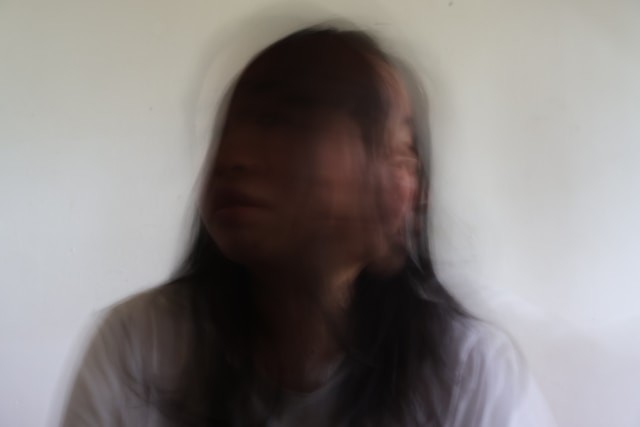You’ve carried the weight of your pain for too long. It’s time to move forward with courage and self-compassion, knowing that healing and fulfillment are always within reach, no matter how distant they may seem.
Healing isn’t simply about restoring physical health. While a cut may scab over or a knee may heal after surgery, true healing addresses the unseen wounds within. Ignoring inner suffering leaves you incomplete, even if the body recovers. The knee may bend again, but the emotional scars remain, affecting your spirit, motivation, and overall well-being.
Why Inner Healing Matters
Western medicine excels at treating the physical body, but it often overlooks the interconnectedness of mind, body, and spirit. When you feel sadness, it manifests not just as an emotion but as a loss of vitality, enthusiasm, and joy. Unhealed inner suffering silently erodes every aspect of your life.
Holistic healing means identifying and addressing the unmet needs of your mind and spirit, understanding their origins, and finding healthy ways to cope. It’s not about fixing what’s broken; it’s about reclaiming your life through an integrative process that requires time, patience, and self-compassion.
The Rising Need for Inner Healing
Mental health issues—anxiety, depression, trauma—are at historic highs. The World Health Organization estimates that 23% of adults in the U.S. and 1 in 7 adults in Canada experience a mental health crisis. The COVID-19 pandemic has exacerbated the problem, especially among young people.
But statistics don’t tell the whole story. How many people do you know who are genuinely satisfied and enthusiastic about life? Even without a formal diagnosis, many struggle with anxiety, hopelessness, and unaddressed inner pain.
Where Do Inner Wounds Come From?
Childhood trauma is often at the root of current mental health struggles. Common sources of inner pain include:
- Neglect: Lack of proper care, attention, and emotional support.
- Unrealistic Expectations: Pressure to meet a parent’s needs rather than one’s own.
- Household Dysfunction: Parental addiction, domestic violence, or instability.
- Chronic Illness: Feeling powerless and isolated due to long-term health struggles.
Many adults carry wounds from childhood that they never understood or processed. Unresolved trauma can manifest as self-sabotaging patterns, emotional dysregulation, and a sense of emptiness.
Steppingstones to Healing
Healing isn’t a quick fix. It’s a journey with clear steps:
1. Name the Pain: You can’t fix what you don’t acknowledge. Ask yourself: Where does the pain come from? What distorted beliefs did I develop? Tools like journaling, meditation, and self-inquiry can help.
2. Heal the Whole Self: Invest in your mind, body, and spirit. Explore new habits for physical, mental, and spiritual well-being. Breathwork, yoga, nature connection, and somatic therapies can be powerful allies.
3. Trust the Journey: Let go of the past and embrace the present. Focus on your strengths, learn from challenges, and celebrate yourself. Self-care, support networks, and professional help can guide you forward.
Healing is possible at any age. The senior years are not a time to accept pain as inevitable. It’s a last chance to become the person you were meant to be. Rid yourself of suffering that’s not your own and reclaim the full life you deserve. Trust the journey, step by step, and move toward the fulfillment that awaits




















